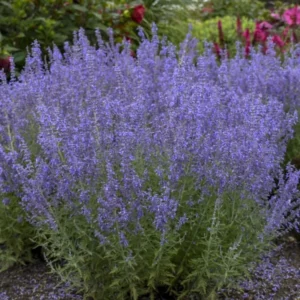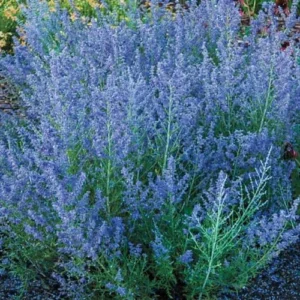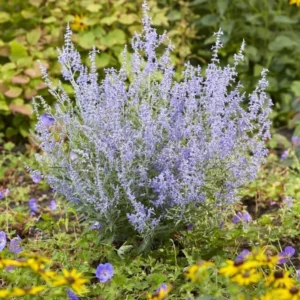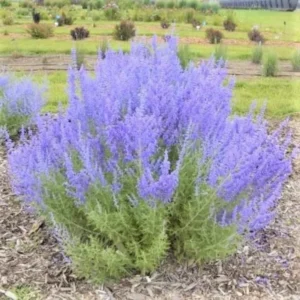If you’ve ever found yourself strolling through a garden center or walking through a local park, chances are you’ve seen the stunning Russian sage. With its silvery-green foliage and striking blue-purple flowers, it’s a plant that definitely makes a statement. But, just like me, you might have asked: What’s the deal with this plant? Is it really a type of sage, or just a wild imposter?
Let’s dive into everything you need to know about this beautiful perennial, from planting tips to why it’s such a fantastic addition to your garden.
1. Russian Sage Isn’t Actually Sage
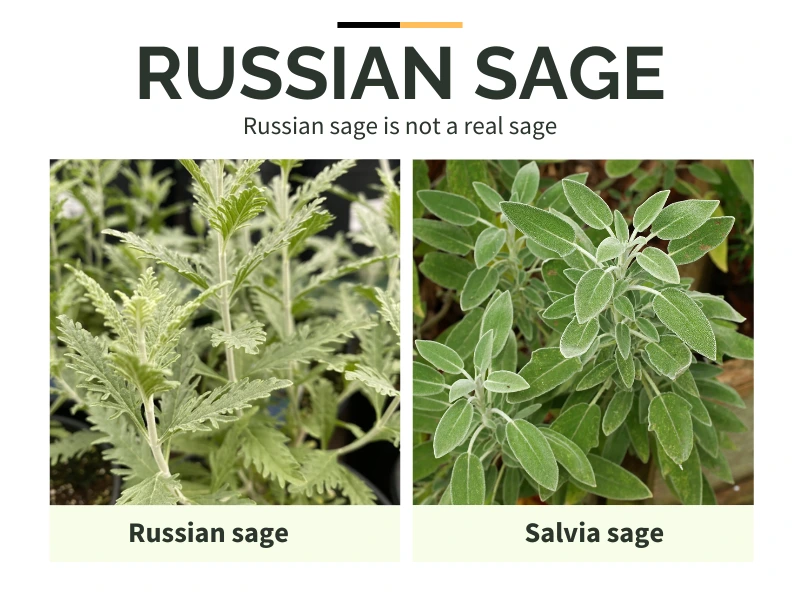
Let’s get the first question out of the way. Despite its name, Russian sage (Perovskia atriplicifolia) isn’t a sage at all! In fact, it’s a member of the mint family, though it doesn’t have the flavor profile you might expect from sage. So, no, it’s not something you can use in your cooking like Salvia officinalis. Instead, it’s prized for its unique aesthetic and ability to complement other plants in the garden.
Interestingly enough, Russian sage doesn’t even come from Russia! It’s native to Central and South Asia, but it was named by a Russian botanist in honor of a Russian official. It’s always nice when a plant has a bit of a backstory—don’t you think?
2. Russian Sage Loves the Sun and Doesn’t Mind Dry Conditions
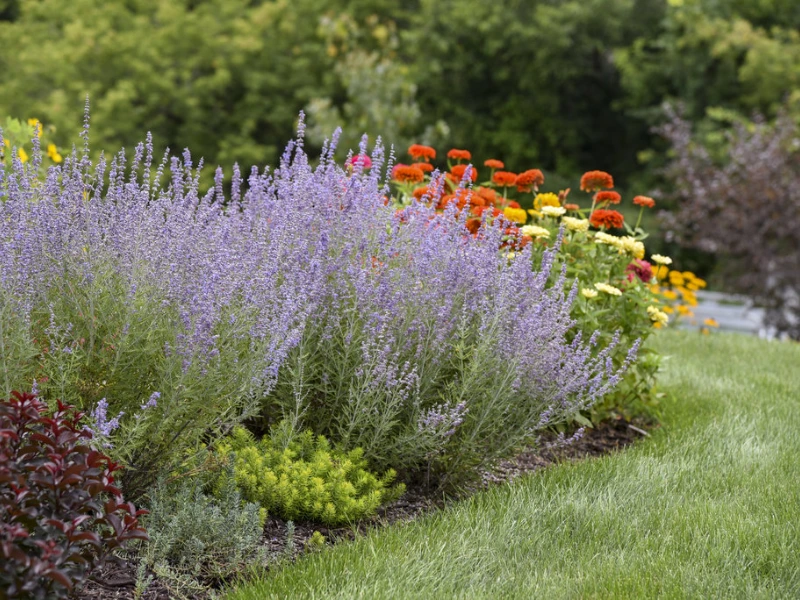
If you’re looking for a plant that can thrive in sunny spots with little maintenance, Russian sage is your plant. This perennial loves full sun and does especially well in areas that get a lot of light. But here’s the kicker: Russian sage is incredibly drought-tolerant once it’s established. This makes it a great option for gardeners in areas with hot summers or for those who aren’t keen on watering their plants constantly.
However, it’s important to know that it needs time to get comfortable. Russian sage does best if planted in a well-draining spot where the roots can establish themselves over time. If you’re planting it as a starter, be sure to give it some extra attention with regular watering during its first few months. Once it’s set, though, it will bloom from mid-summer all the way through fall, giving your garden a lovely pop of color.
3. It’s a Pollinator’s Best Friend
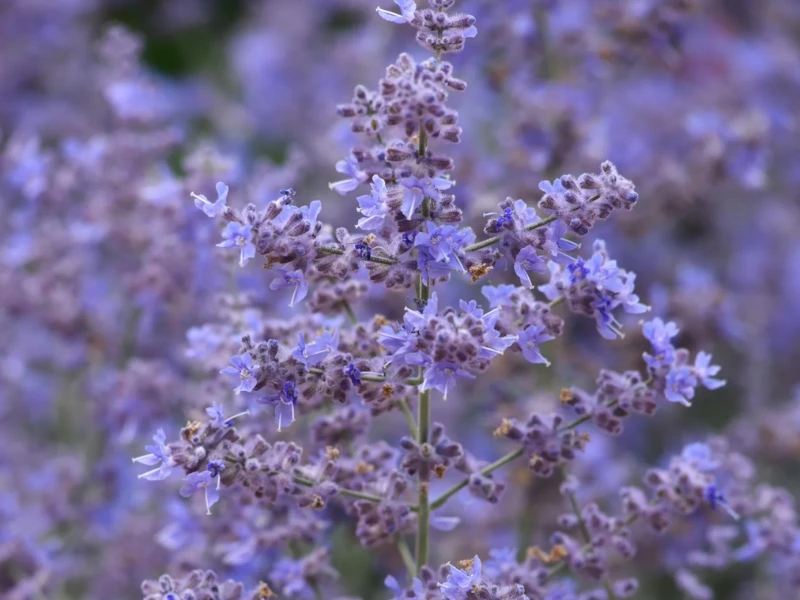
One of the biggest benefits of adding Russian sage to your garden is that it is a pollinator magnet. The beautiful blooms, which range from deep purples to soft lavenders, aren’t just pretty—they’re a feast for bees, butterflies, and even hummingbirds. Russian sage’s long-lasting blooms provide a steady source of nectar, attracting a variety of pollinators to your garden.
Pollinators are incredibly important for the overall health of your garden. By adding Russian sage, you’re helping to support local ecosystems while also ensuring your garden thrives naturally. Whether you’re growing fruits, vegetables, or flowers, having pollinators around means you’re likely to see more blooms and better yields. Plus, there’s something magical about watching a butterfly flutter around your plants, isn’t there?
4. Russian Sage is Critter-Resistant
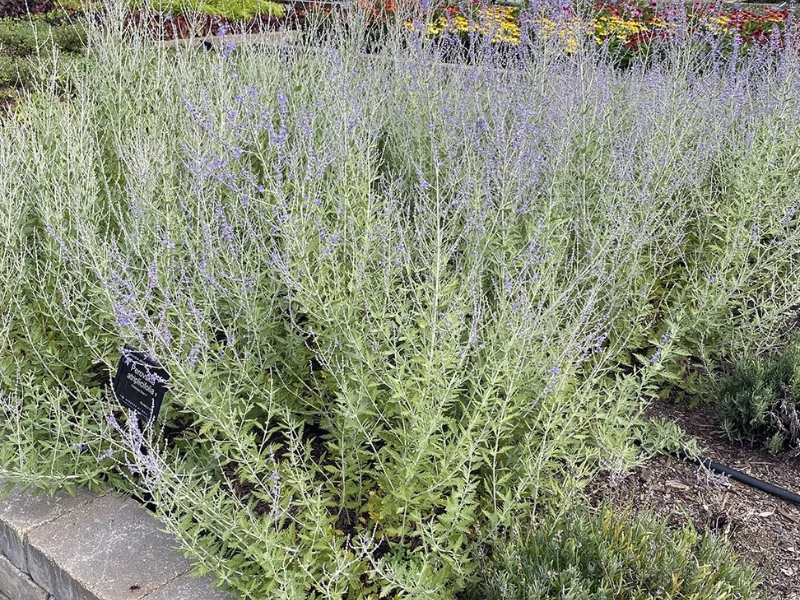
Let’s face it, one of the biggest challenges for gardeners is dealing with critters that love to munch on our precious plants. Whether it’s rabbits nibbling on your new perennials or deer deciding to snack on your rose bushes, it can be incredibly frustrating.
The good news is that Russian sage is naturally critter-resistant! Thanks to its aromatic, somewhat bitter-smelling foliage, animals like deer, squirrels, and rabbits tend to steer clear. The strong fragrance of the leaves makes them less appealing to these hungry creatures.
So, if you’re dealing with pesky wildlife in your garden, Russian sage might just be your new best friend. You can plant it near more vulnerable plants to create a natural barrier. This way, your prized flowers and veggies will have some protection while the Russian sage adds beauty to your garden.
5. It’s Low Maintenance—Really
If you’re like me and love a plant that doesn’t require constant fussing, then Russian sage will be a relief. Once established, this perennial is incredibly low-maintenance. You won’t need to spend your weekends fertilizing it or worrying about complex care routines. In fact, Russian sage is one of those plants that thrives when left to do its thing.
The only maintenance it really needs is a little pruning in the spring to make room for new growth. Cut back the old, dry stems to about four inches above the ground, and you’re good to go. If you’re trying to encourage more blooms, you can prune it a bit harder for a more vigorous flower show. Other than that, just let it grow, and it will reward you with beautiful, long-lasting blooms year after year.
6. Russian Sage Can Be Propagated Easily
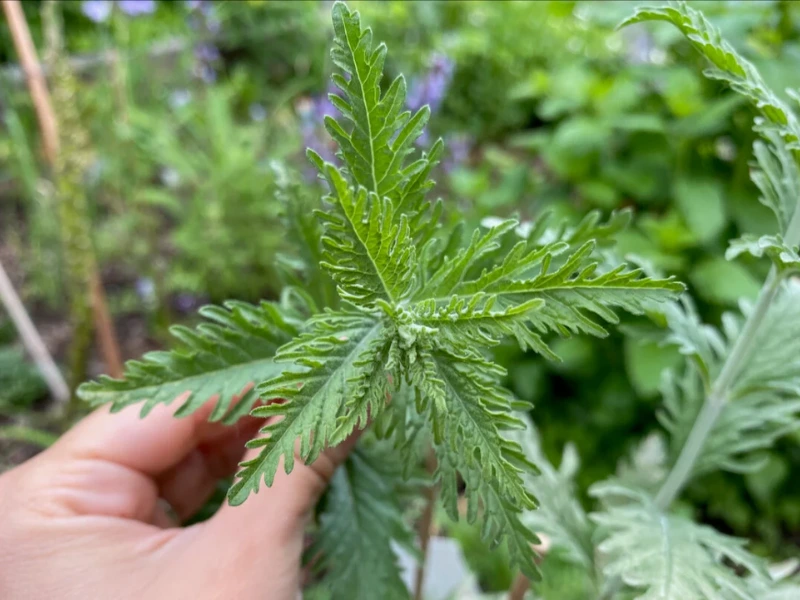
If you’re a fan of growing your garden from cuttings, Russian sage is perfect for you. Propagating Russian sage is as easy as taking softwood cuttings from non-blooming stems in late spring or early summer. All you need is a little patience, and before long, you’ll have new plants ready to fill in empty spaces in your garden or to share with friends and family.
Unlike some plants that are hard to propagate, Russian sage takes well to cuttings, and you’ll be amazed at how quickly new plants take root. Plus, this is a cost-effective way to expand your garden without breaking the bank on new plants. Just remember to keep the soil moist and give the cuttings some warmth until they establish roots.
7. There’s a Russian Sage for Every Garden
One of the best things about Russian sage is its versatility. No matter the size or style of your garden, a Russian sage cultivar will work for you. The traditional Russian sage plant can grow up to 5 feet tall, making it a fantastic backdrop for other plants. However, if you’re working with a smaller garden or prefer a more compact version, there are plenty of shorter varieties available.
For example, Little Spire only reaches about 2 feet tall, making it perfect for smaller spaces or as a border plant. If you love the look of Russian sage but don’t have a lot of space, Denim ‘n Lace is another great option, with a compact form and lovely blooms that only reach around 3 feet in height. And for those of you who want to grow Russian sage in containers, there are cultivars like Bluesette, which stay smaller and are perfect for pots.
No matter your garden size, you can enjoy the beauty of Russian sage. From coastal gardens to city balconies, every space has a cultivar.
Why Russian Sage is a Must-Have for Your Garden
Now that you know all about Russian sage, from its sun-loving habits to its ability to attract pollinators, it’s clear why this plant should have a spot in your garden. With its striking blue flowers, its ease of care, and its resistance to pests, it’s no wonder that Russian sage is a favorite for both novice and experienced gardeners alike.
Whether you’re looking to add some color to your garden, provide food for local pollinators, or simply want a low-maintenance perennial, Russian sage fits the bill. Plus, with its versatility in size and form, it’s easy to find the perfect variety for your unique garden needs.
So, what are you waiting for? Go ahead and add some Russian sage to your garden, and watch it flourish season after season, creating a beautiful and welcoming space for both you and the local wildlife. Happy gardening!


